50+ Sample Consumer Questionnaires Templates
Have a look at these samples to see how consumer questionnaires are structured and used for market research.
-
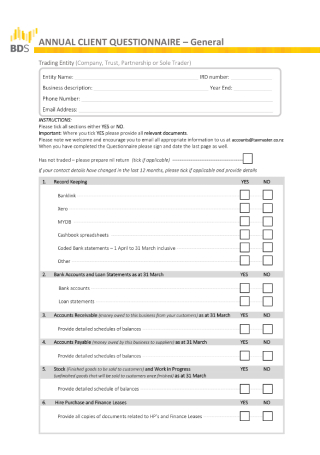
Annual Client Questionnaire
Finalize tax accounts on a yearly basis with the help of a client questionnaire.
-
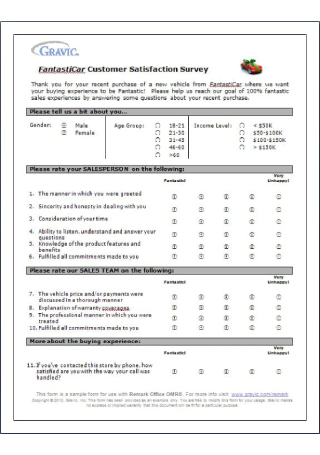
Car Dealership Customer Satisfaction Questionnaire
Offer customers at your dealership the chance to rate your services through a questionnaire.
-

Client Diagnostic Questionnaire
Use this questionnaire to assess the needs of clients for mental health services.
-

Client Feedback Questionnaire
Gather client feedback on your services with the use of a questionnaire.
-
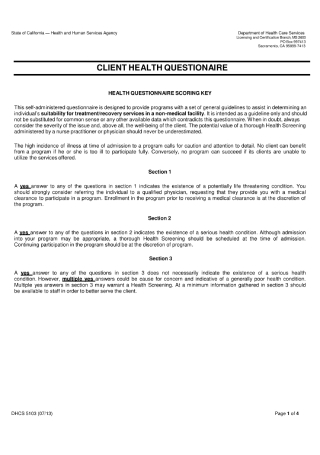
Client Health Questionnaire
Determine an individual’s suitability for medical services with the help of a questionnaire.
-
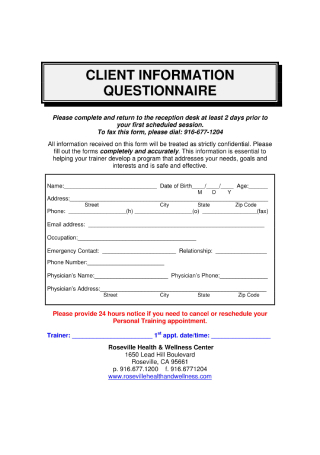
Client Information Questionnaire
Design a questionnaire to collect key information from your clients in a swift.
-
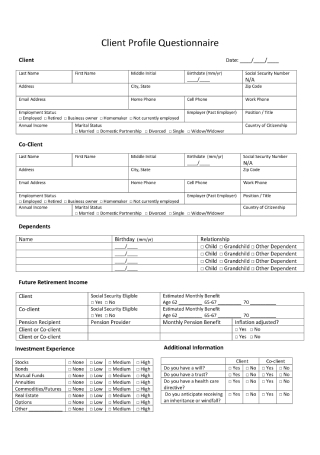
Client Profile Questionnaire
Assist clients in determining their personal investment style using this profile questionnaire.
-
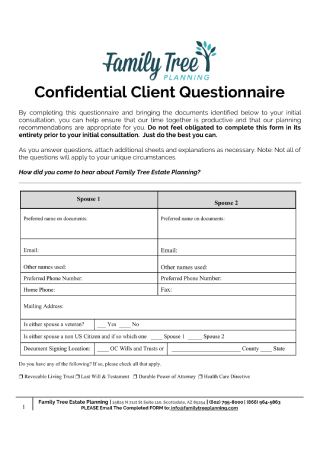
Confidential Client Questionnaire
Create a financial plan by obtaining the required information of a client with a questionnaire.
-
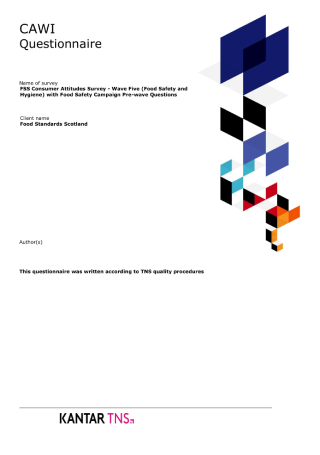
Consumer Attitudes Questionnaire on Food Safety and Hygiene
Conduct a survey on food safety and hygiene using this consumer attitudes questionnaire.
-

Consumer Attitudes Questionnaire on Social Networking Sites
Study the impact of social media on consumers with the help of the questionnaire provided.
-
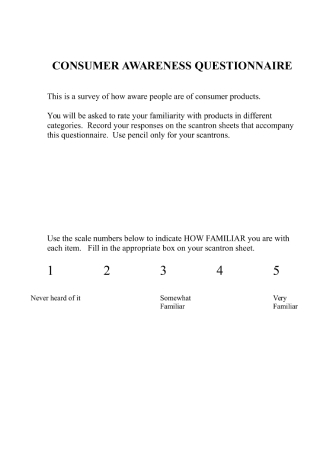
Consumer Awareness Questionnaire
Understand a consumer’s awareness of your products or services through this sample.
-
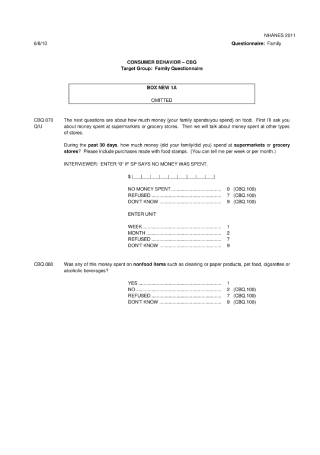
Consumer Behavior Questionnaire for Families
Gain pertinent knowledge on consumer behavior among families using this questionnaire.
-
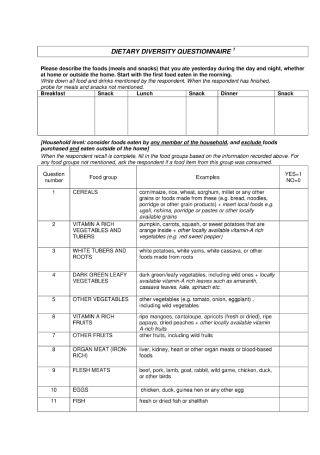
Consumer Dietary Diversity Questionnaire
Learn more about an individual’s dietary behavior through this questionnaire.
-

Consumer Direction Self-Assessment Questionnaire
Measure your capability to consumer-direct using this self-assessment questionnaire.
-
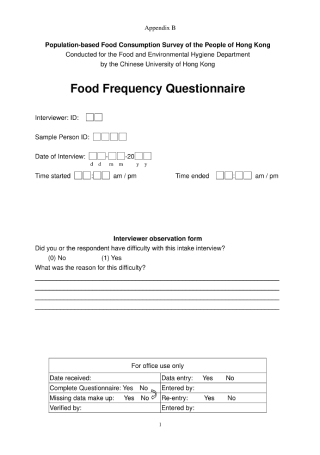
Consumer Food Frequency Questionnaire
Categorize the frequency of food consumption among respondents with this questionnaire.
-
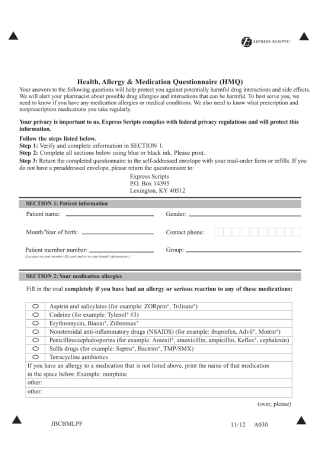
Consumer Health, Allergy, and Medication Questionnaire
Protect consumers from harmful drug interactions and side effects using the given sample.
-
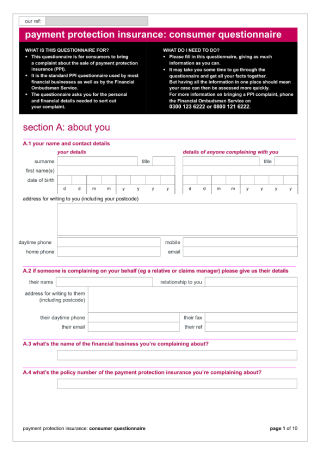
Consumer Payment Protection Insurance Questionnaire
Use this sample to allow consumers to register a complaint about the sale of PPI.
-
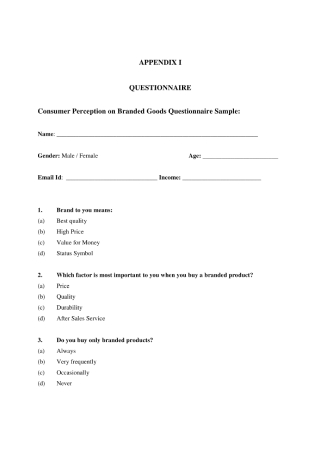
Consumer Perception on Branded Goods Questionnaire
Gather insights on how consumers perceive your goods with the use of a questionnaire.
-
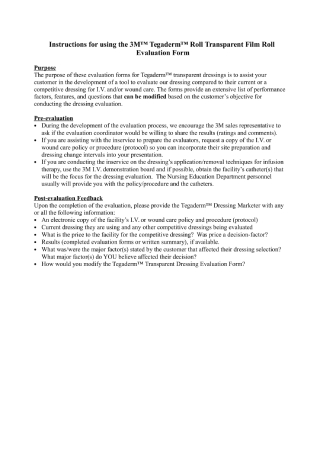
Consumer Product Evaluation Questionnaire
Let consumers evaluate your offered products through the use of a questionnaire.
-
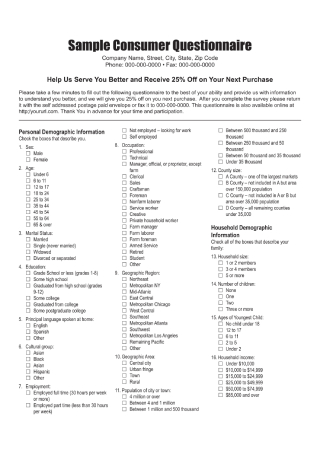
Consumer Purchase Questionnaire
Investigate the factors that affect one’s purchases by using a questionnaire.
-

Consumer Purchasing Behavior Questionnaire
Study the purchasing behavior of consumers by obtaining input through a questionnaire.
-
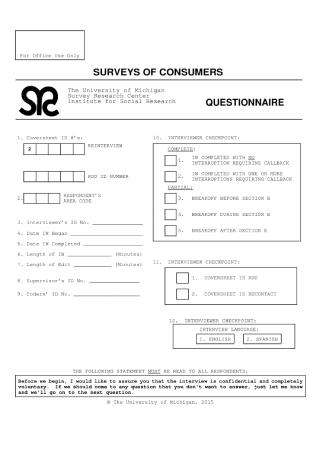
Consumer Questionnaire for Social Research
Refer to this questionnaire sample to administer a survey for your research needs.
-
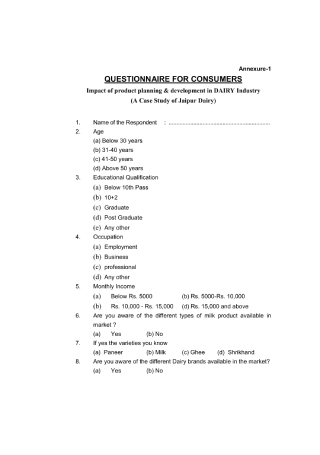
Consumer Questionnaire on Dairy Products
Analyze the impact of product planning and development in the dairy industry using this sample.
-

Consumer Questionnaire on Getting Electricity
Garner data on the reliability of electricity supply in certain cities with this questionnaire.
-
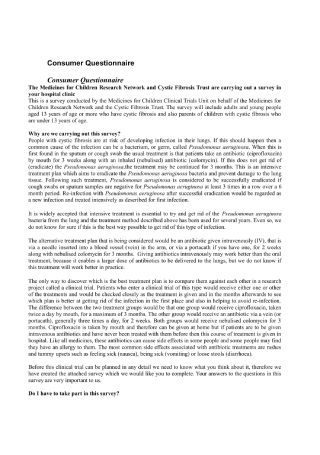
Consumer Questionnaire on Medical Research
Discover the best treatment plan for a particular disease with the help of a questionnaire.
-

Consumer Satisfaction Questionnaire on Therapy Session
Rate the satisfaction level of consumers from a therapy session using this sample.
-
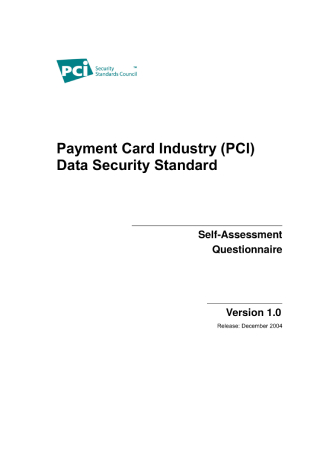
Consumer Self-Assessment Questionnaire
See how important data security is to clients by making use of a self-assessment questionnaire.
-
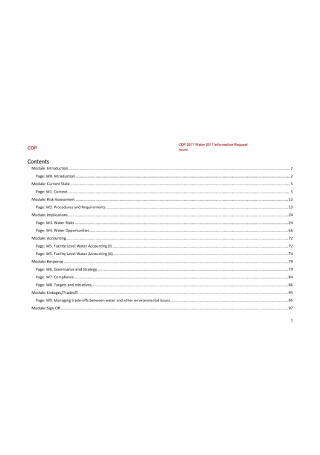
Consumer Water Information Questionnaire
Find out how important a continuous water supply is to consumers through this sample.
-

Customer Buying Behavior Survey Questionnaire
Assess the factors that influence a customer’s buying behavior through this questionnaire.
-
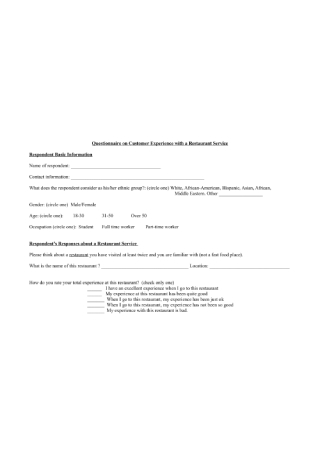
Customer Experience Questionnaire on Restaurant Service
Improve your services by having customers rate their experience in a questionnaire.
-
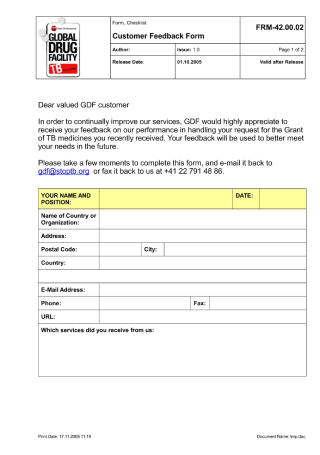
Customer Feedback Questionnaire Form
Acquire useful feedback from customers by having them fill out a questionnaire form.
-
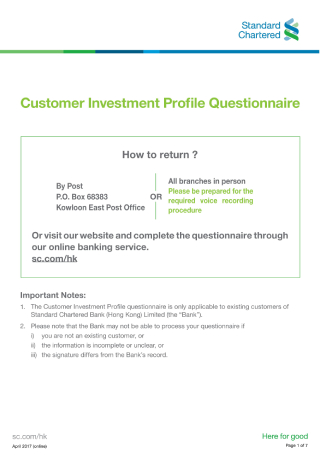
Customer Investment Profile Questionnaire
Evaluate the investment objectives and financial situation of customers with a questionnaire.
-
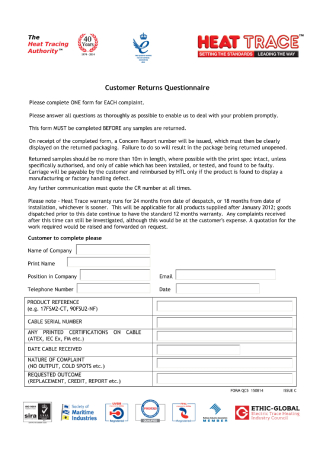
Customer Returns Questionnaire
Allow customers to forward their complaints by providing them with a returns questionnaire.
-
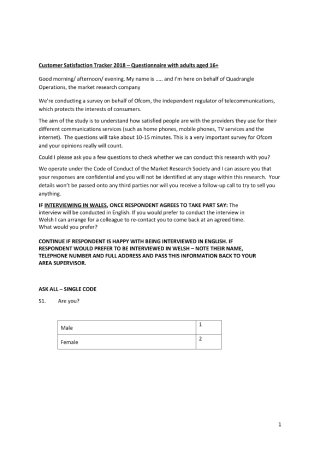
Customer Satisfaction Tracker Questionnaire
Measure and track customer satisfaction with the help of the questionnaire given.
-

Customer Service Questionnaire
Solve customer problems more effectively with the help of a questionnaire.
-
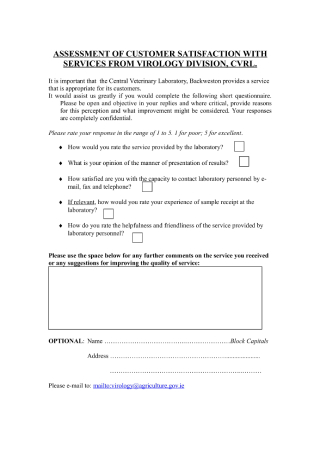
Customer Survey Questionnaire
See if customers are happy with your services by using a survey questionnaire.
-
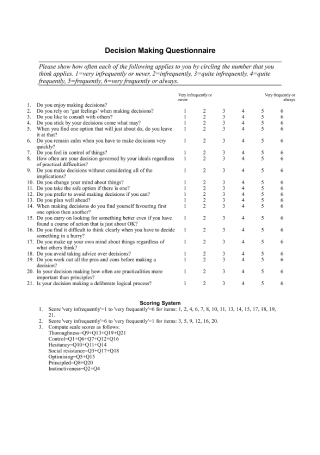
Decision-Making Questionnaire for Consumers
Find out what affects the decision-making process of consumers by utilizing a questionnaire.
-
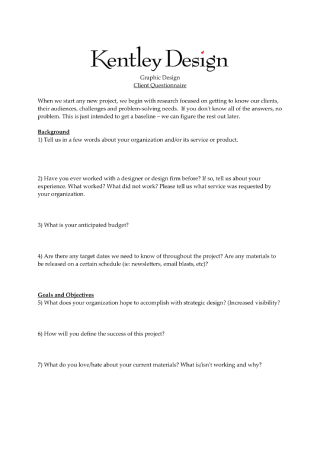
Graphic Design Client Questionnaire
Figure out what clients need and expect from a finished design with the use of a questionnaire.
-
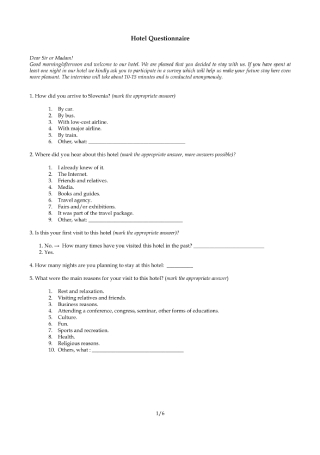
Hotel Guest Questionnaire
Get valuable insight into the general experience of hotel guests using a questionnaire.
-
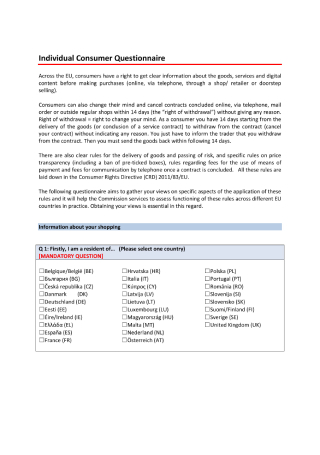
Individual Consumer Questionnaire
Gather information on a consumer’s shopping habits with the use of a questionnaire.
-
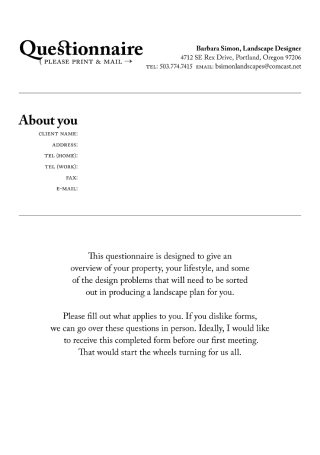
Landscape Design Client Questionnaire
Define the landscaping needs of clients through the help of a questionnaire.
-
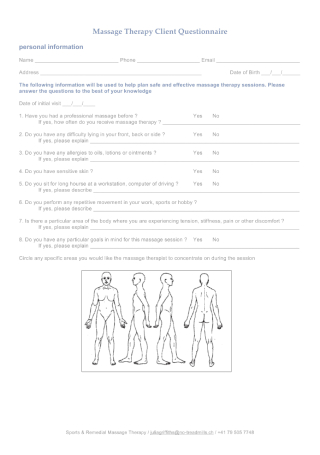
Massage Therapy Client Questionnaire
Offer the best possible massage experience to clients using a questionnaire.
-

New Customer Questionnaire
Connect with new customers by using a questionnaire as your screening tool.
-
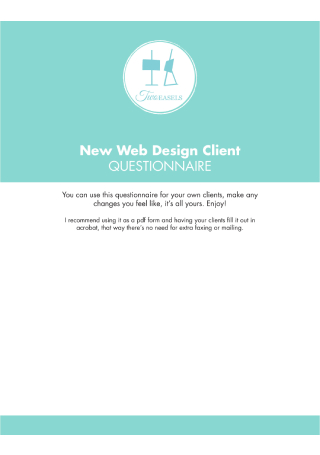
New Web Design Client Questionnaire
Understand what clients really want by developing a questionnaire for your survey.
-
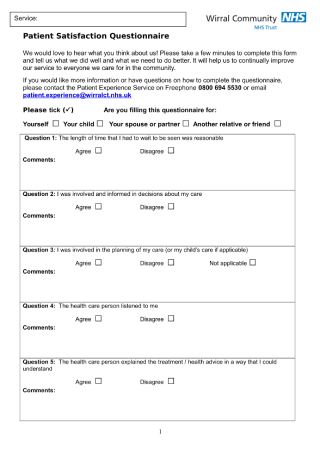
Patient Satisfaction Questionnaire
Allow patients to share their opinions about your clinic or center through a questionnaire.
-

Personal Consumer Awareness Questionnaire
Collect a consumer’s personal information with the use of a questionnaire.
-
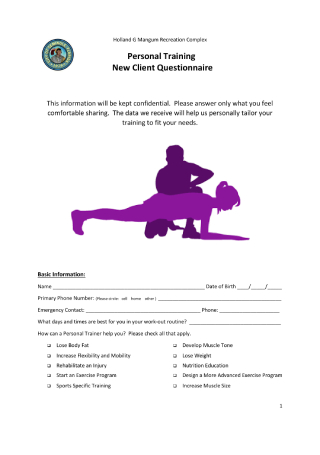
Personal Training New Client Questionnaire
Get to know the clients of your personal training program by using a questionnaire.
-
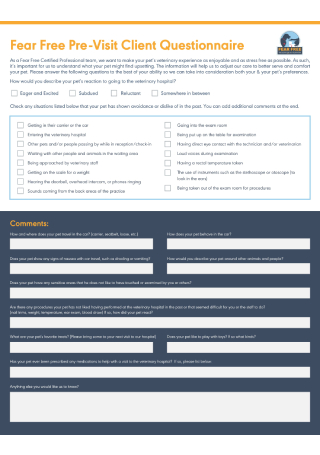
Pre-Visit Client Questionnaire for Pet Owners
Ensure a stress-free experience for clients and their pets with the help of a questionnaire.
-
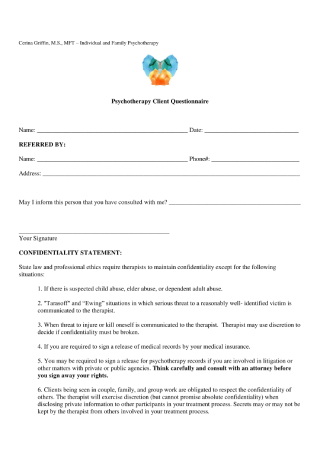
Psychotherapy Client Questionnaire
Offer clients the best service by using a questionnaire to gather details for the meeting.
-
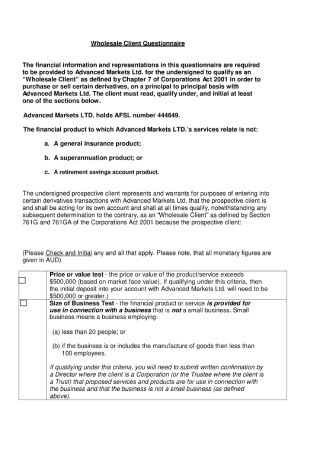
Wholesale Client Questionnaire
Recognize the business activities of clients through the data attained from your questionnaire.
-
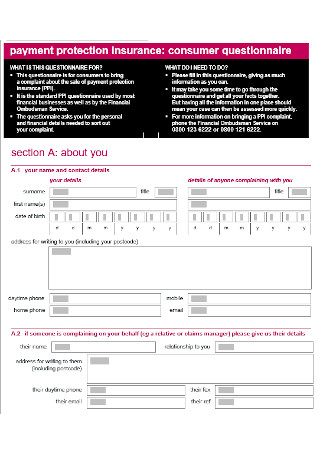
Consumer Insurance Questionnaire Template
download now
FREE Consumer Questionnaire s to Download
50+ Sample Consumer Questionnaires Templates
What to Consider When Creating a Questionnaire
What to Consider When Creating a Questionnaire
Getting to know your customers is an extensive process that doesn’t happen overnight. Who they are, what they like, what they don’t like, and how they feel about a particular subject are just some of the things you can discover by using a questionnaire. Taking the time to communicate with consumers enables you to better understand their behavior, attitude, and perception toward matters that are important to you. But after spending endless hours crafting a questionnaire, the last thing you would want to get is a response rate as low as 5%. There are a number of factors to consider in designing a questionnaire, these are as follows.
Regardless of your intentions for creating the questionnaire, you must still ensure that the information provided by respondents remains confidential. People should feel comfortable about answering each question without fear of it being used against them. Consumers are a huge part of your success, so make sure their rights and needs are protected and prioritized at all times.
